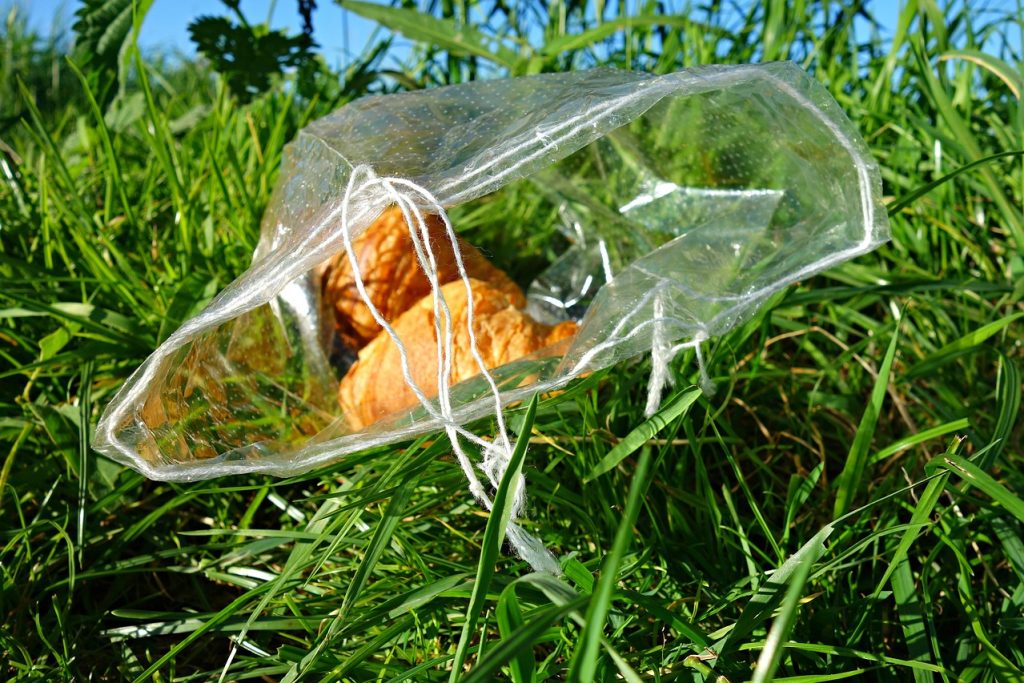North Americans throw away more than 100 billion pounds of food annually or 40 percent of the total.
The stakes are high for the environment, global food poverty, and individual budgets when we throw away perfectly edible food.
Kitchens, not barges, supermarkets, or dining establishments, are the primary sources of wasted food. Roughly 10% of worldwide GHG emissions may be attributed to wasted food production.
According to The Guardian, if it were a nation, food waste would be the third greatest contributor to climate change, after only the United States and China.
In 2021, around 10% of U.S. families, or 13.5 million people, were food insecure. The problem is that many people throw away edible food. These extra unused food items could help those in need. According to a study in the American Journal of Agricultural Economics, American households waste about $2,000 yearly on the food they never use.
Roni Neff, a specialist in food system sustainability at the Johns Hopkins Center for a Livable Future, says, “Our food system promotes us to waste.”
Shoppers sometimes end up with more food than they can possibly consume because of overly generous serving sizes and unclear regulations about expiration dates. Neff argues that instituting a nationwide regulation for date labeling might be one of the most cost-effective approaches to reducing food waste.
For most individuals, reducing food waste isn’t a high priority. Although most of us try to avoid wasting food, accidents happen, schedules change, we decide not to eat things we don’t like, and we go for the easiest option.
Feature Image: Pixabay
More articles:





